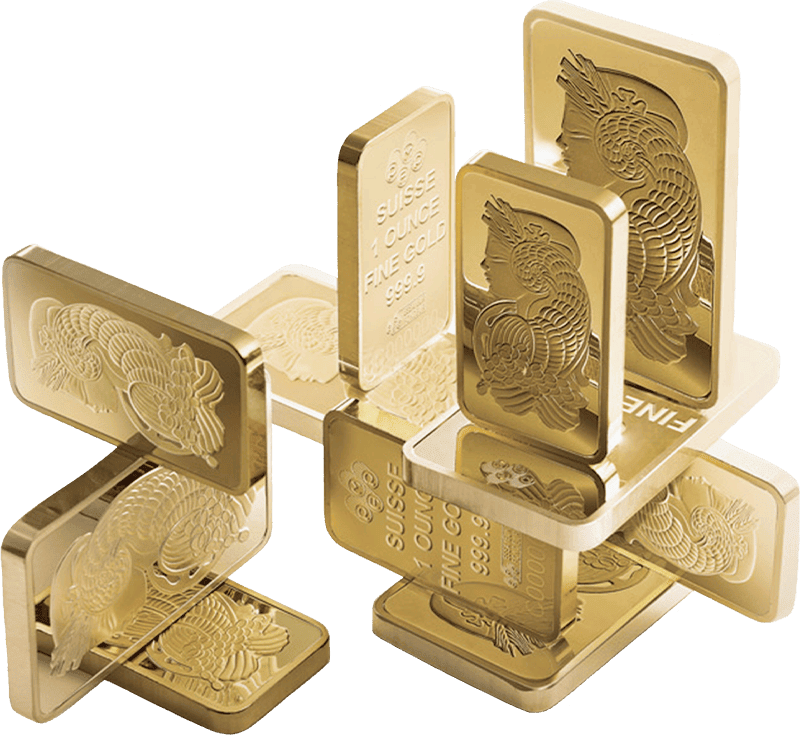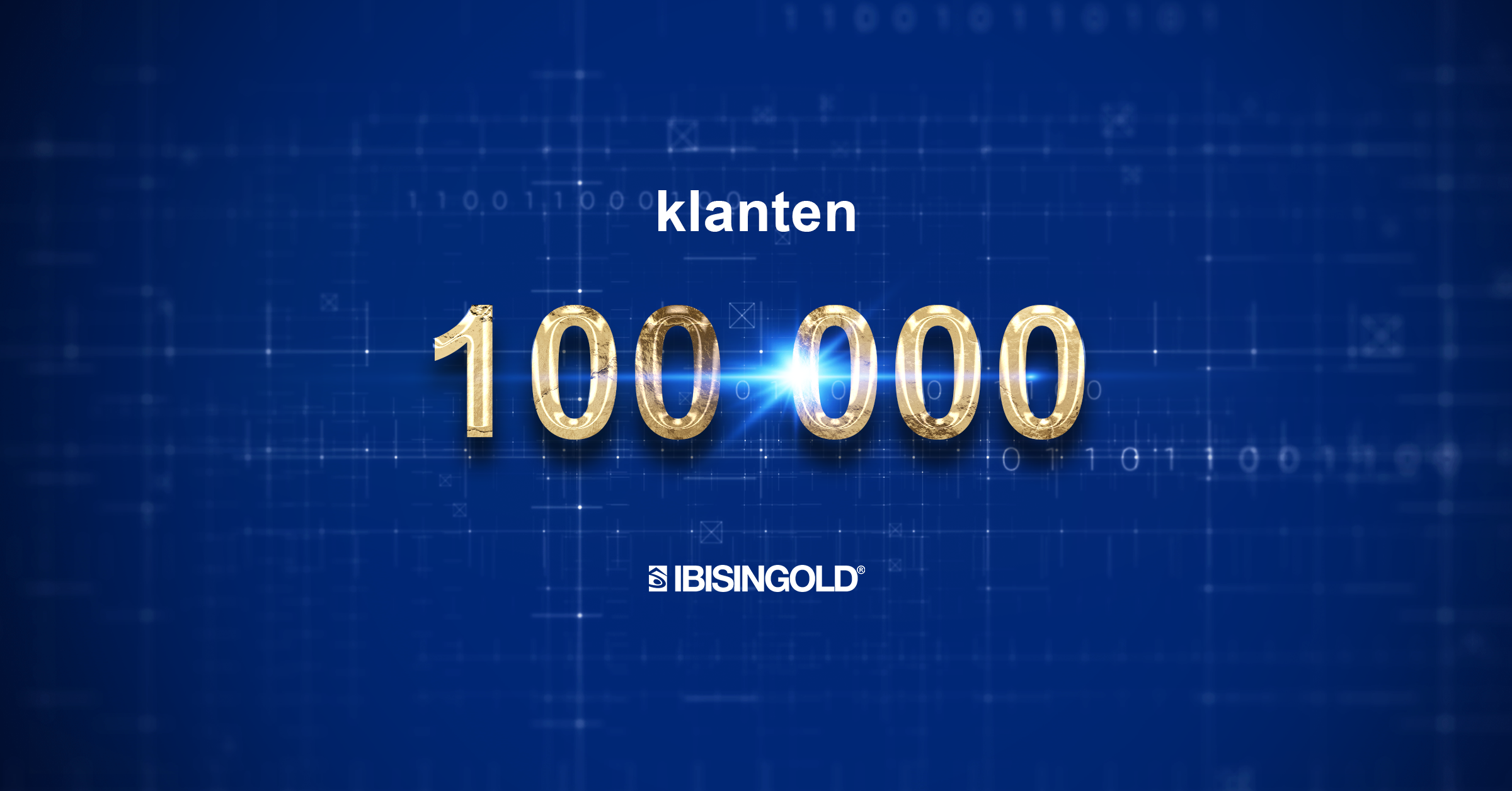Blog
Wat zijn het nieuws en de evenementen van de afgelopen paar dagen? Bij ons blijft u op de hoogte. Veel leesplezier.

19. 11. 2025
Ing. Petr Kohoutek, MBA, hoofdanalist en Key Account Manager IBIS InGold
Wanneer zal de goudprijs boven de USD 10.000 uitkomen?
De goudprijs schoot omhoog naar maar liefst USD 4.400 per ounce. De navolgende daling kan worden gezien als een gezonde correctie. Dit is niet alleen het gevolg van winstneming door kortetermijn- en speculatieve beleggers, maar ook van diverse positieve verschuivingen in het geopolitieke en macro-economische landschap.
Begin vandaag nog met sparen!
Bouw aan uw familievermogen en oogst de vruchten van uw belegging






